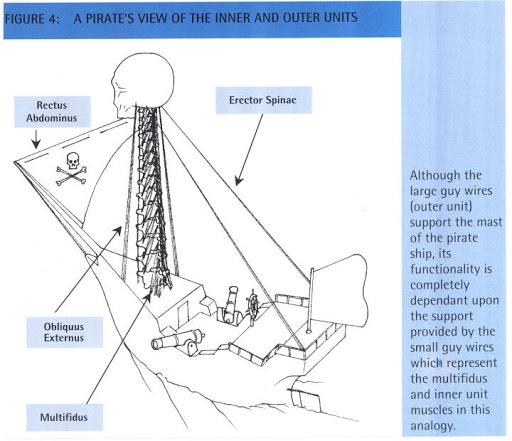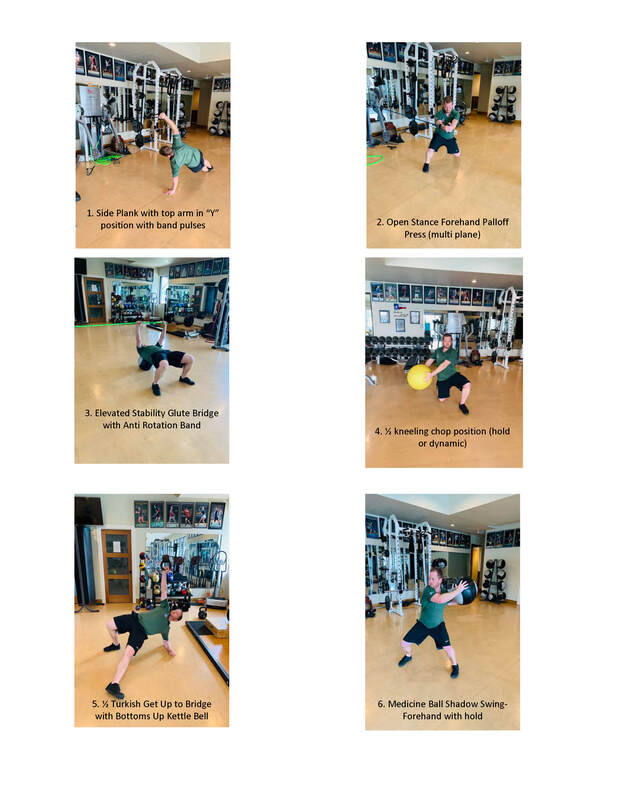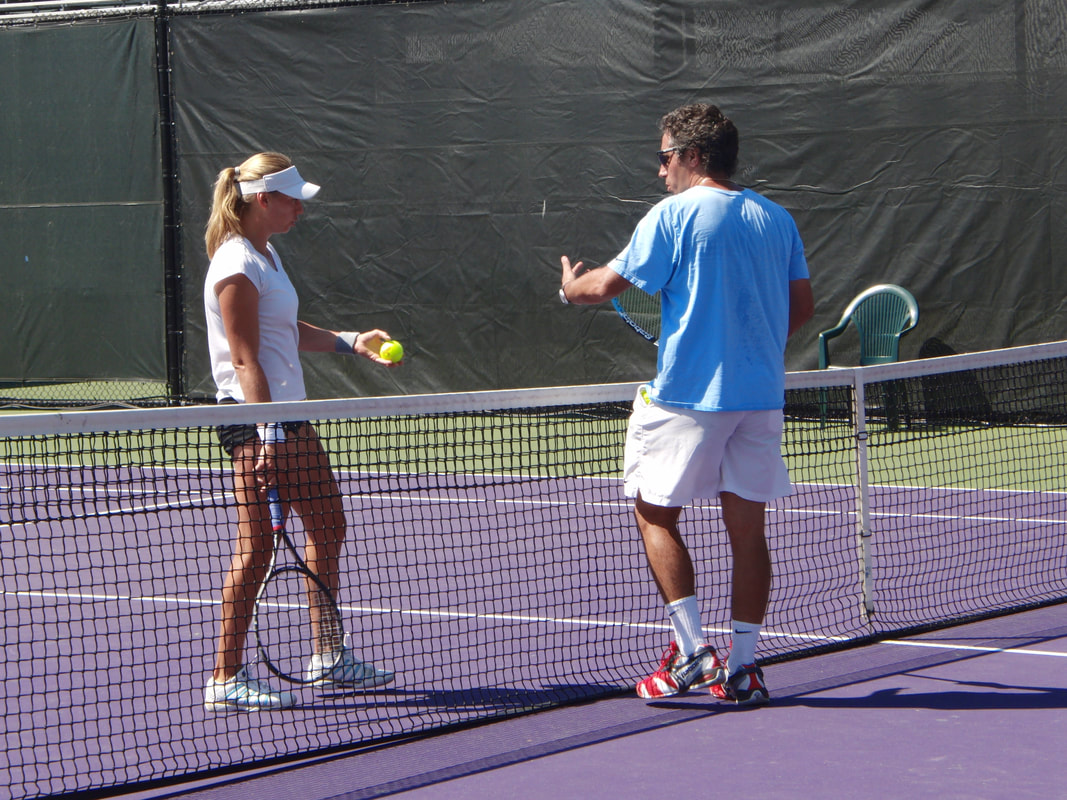Co-Director of Fitness and Academy Coach, The Austin Tennis Academy
Medicine ball throws, long plank holds, crunches and sit-ups. Is this type of core training for the tennis athlete flawed? These types of core training methods have been around for ages, but does that mean these methods are optimized? I would argue no. While most videos and core routines posted for tennis athletes are either extremely dynamic (medicine ball throws) or extremely static (record breaking plank holds) there is a huge link missing from this to help optimize a tennis athlete’s performance, not to mention protect their bodies from injury.
All of the following components of core training must be included for the tennis athlete:
- Anti-Rotation: Movements that resist rotation in the spine (All strokes in tennis)
- Anti-Extension: Movements that resist extension in the spine (serve focus, groundstroke posture)
- Anti-Lateral Flexion: Movements that resist lateral flexion, or side bending (all strokes in tennis)
- Static Core Stability: Resisting movement or creating “stiffness.” in the trunk. Prerequisite before powerful and dynamic core movements
- Dynamic Core Stability: Maintaining postural control and stability while under load/stress or movement in multiple planes of motion. (All situations in tennis)
- Perturbations: External Disturbances or Stimulus (like contact of a ball). Fires reflexive core stabilization
As you can see, plank holds or medicine ball drills are just beginning to scratch the surface of the core training needed to optimize the tennis athlete’s body.
I’m sure most of us are familiar with the kinetic chain, and transfer of force or energy for the tennis athlete. This concept must be addressed in core training or you risk leakage of energy, inefficiency in movement/strokes and injury. The tennis athlete is extremely dynamic, competes in multiple planes of motion, in a chaotic and uncontrolled environment. Core training must mimic these demands.
The tennis athlete must have a strong and stable foundation in which they can transfer power, repeatedly and controllably. This comes from a concept coined by renowned biomechanists Janice Moreside and Stuart McGill. This concept is “proximal stability for distal mobility.” Proximal meaning situated near the center of the body (ie, core) and distal meaning situated away from the center of the body (ie, arms/legs). Functional core training for the tennis athlete must address this concept to fill in the missing links of partial range of motion drills and prematurely executed sexy and dynamic power drills. Simply stated, the tennis athlete must train with a controlled platform (proximal) for a mobile, yet controlled and dynamic (distal) environment.
“In an efficient state the trunk provides appropriate proximal stability or controlled mobility to support optimal task or postural performance.” Basmajian, J. V. (1993). Rational manual therapies. R. Nyberg (Ed.). Williams & Wilkins.
Working with tennis athletes in these functional ways help us connect the kinetic chain while improving stability when exposed to the court.
This is one of my favorite images to show the importance of this: Taken from Paul Chek’s Scientific Core Conditioning:
I challenge everyone to get creative with their core training to help the tennis athlete be exposed to more specific demands they will see on the court.
Here are just 6 of many of my favorite functional core exercises you can play with (pictured at the end of this article):
- Side plank with top arm in “Y” position, performing small shoulder pulses or movements with a band
- Stance Specific Isometric holds with multi planar palloff presses/band movements
- Glute Bridge Variations with Perturbations (external disturbance or stimulus) from external force or band
- ½ kneeling or stance specific Swiss ball/med ball movements with arms (can add perturbations to ball)
- ½ Turkish get up to bridge with hold (can add perturbations to top arm or bottoms up kettle bell)
- Medicine Ball Shadow Shots with end position holds (can add perturbations to the hold)
To conclude, you must be able to resist and stabilize movement in order to produce it repeatedly with power, efficiency and safety. Following the concept of “proximal stability for distal mobility” can fill in this missing link of core training for the tennis athlete. In a functional environment the cores job is not to only produce movement, but to stabilize and resist movement as well. Functionally, core musculature will co-contract to help create stiffness and stability in order to protect the body’s joints by connecting the kinetic chain and transfer forces/energy (see types of core training listed above). Have a direct “why” in your core training.
So I’ll ask the question again… is the current core training for the tennis athlete optimized? You decide.
For more information or any questions on how to optimize core training for tennis you can reach out to Josh at:
Email: [email protected]
Cell: 2603855913
Insta: @Coach_Rif
DON’T MISS THE CORE TRAINING EXERCISES BELOW!







 RSS Feed
RSS Feed
